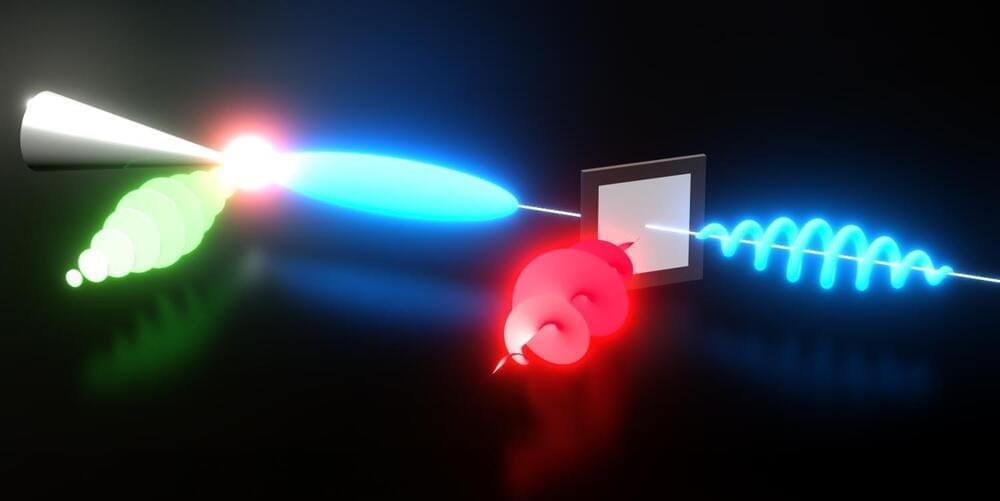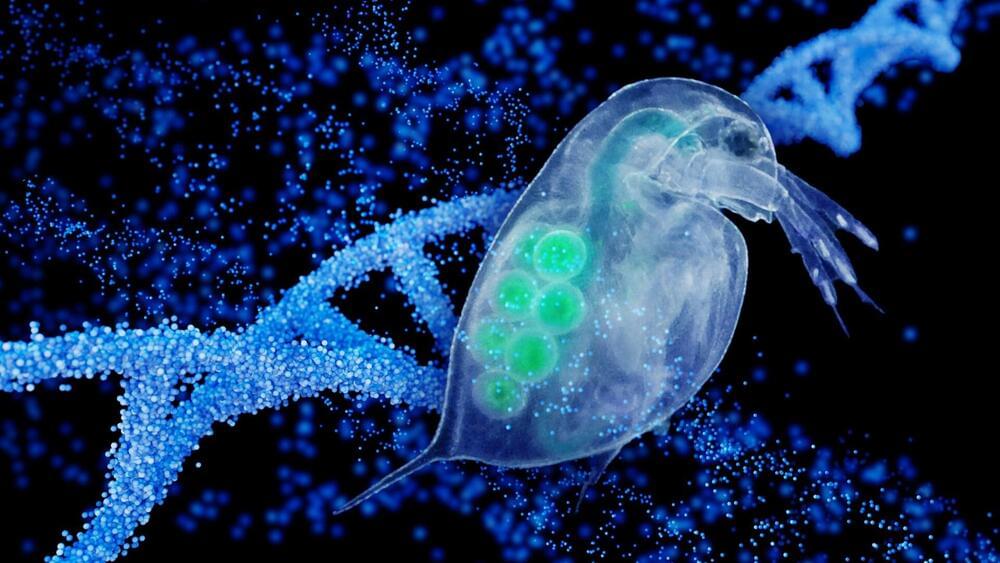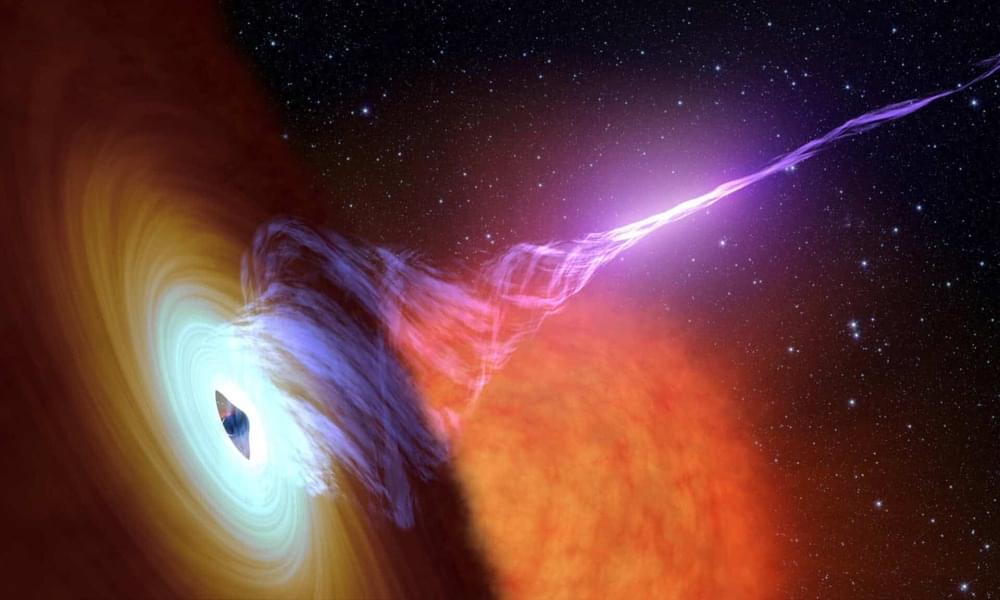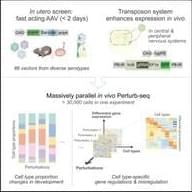Jul 15, 2024
How a Twist in Physics Could Change Technology Forever
Posted by Genevieve Klien in categories: particle physics, quantum physics
Physicists at the University of Konstanz have discovered a way to imprint a previously unseen geometrical form of chirality onto electrons using laser light, creating chiral coils of mass and charge.
This breakthrough in manipulating electron chirality has vast implications for quantum optics, particle physics, and electron microscopy, paving the way for new scientific explorations and technological innovations.
Understanding Chirality and Its Implications.


















